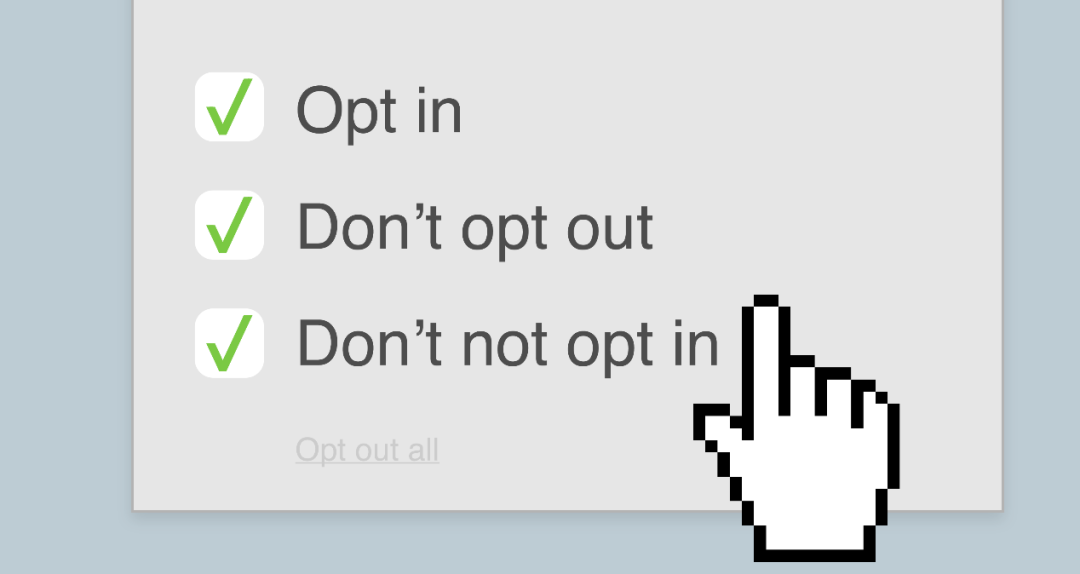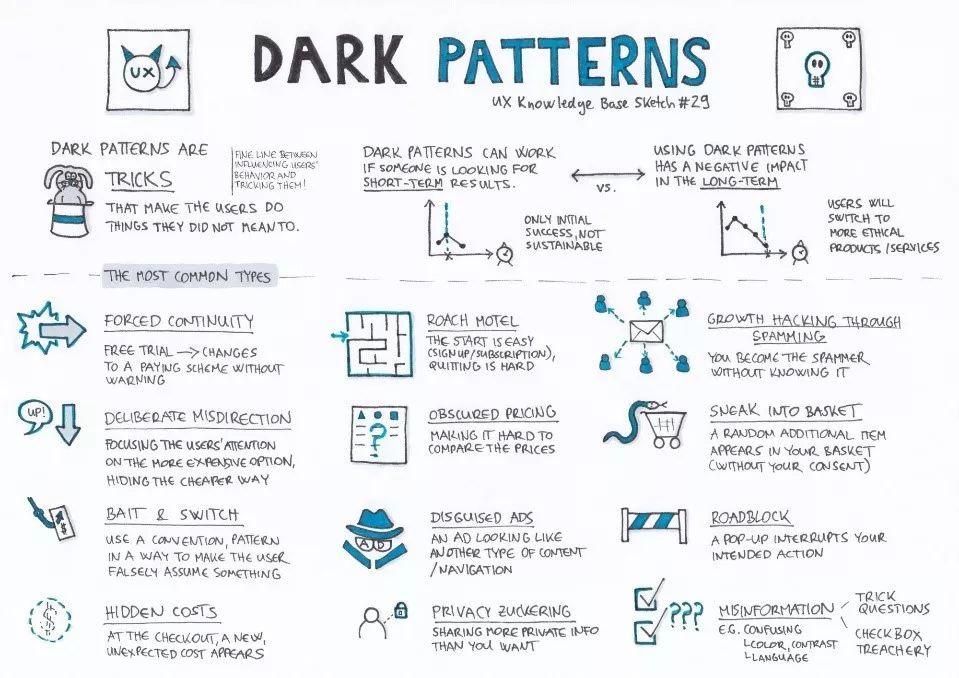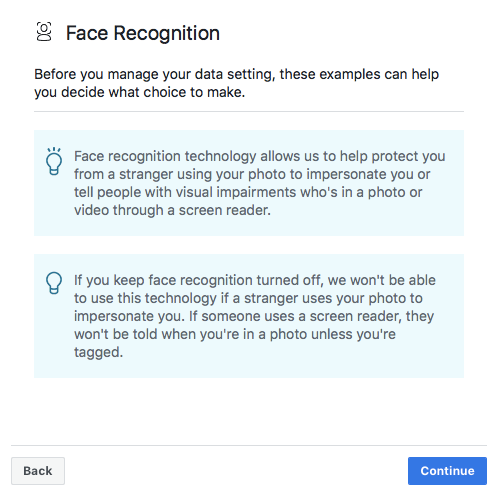Want to unsubscribe with one click? Not so easy!
Editor’s note: This article is from WeChat public account “All Media” ( ID: quanmeipai), author Tencent Media.
One-click registration, one-click subscription, one-click renewal is always easy and smooth, but if users want to close their accounts and cancel their subscriptions, they often need to go through one and more complicated steps, set through the Internet platform. A variety of “levels” can be as expected.
Behind the “unsubscribe” is a systematic black box process that “forces” users to keep, This issue of the whole media (ID: quanmeipai) compilation “Atlantic Articles such as the monthly magazine and TechCrunch, sort out what operations the global Internet platform uses to stick to users, and what impact these practices may have on users.
Every “smart”
In order to prevent users from unsubscribing, the most common operation of the platform is to hide the unsubscribe entry very deeply, and let the user have to go through the complicated steps beyond the patience limit to apply for unsubscribe. In the case of Amazon, if users want to delete their Amazon account, they need to go through roughly nine steps, and currently Amazon only allows users to close or delete accounts by contacting customer service, users can not set up through their own accounts. Delete the account directly. When the user stunned in the complicated clicks of the twists and turns, and decided to give up the logout or unsubscribe, the purpose of the platform was reached.
Many times, the site doesn’t give the user a concise “No” button. For example, when the cooking platform Delish asks the user whether to subscribe to their email newsletter, the button that is rejected is not only the font size is too small, even the rejection option says “No, thank you, I will use the microwave oven to solve the night tonight.Meal, trying to invisibly persuade potential users with the guilt of unhealthy lifestyle.
Hip a love card is also one of the common strategies of the platform. On the unsubscribe and logout pages, the platform displays elements that people can’t bear, and seizes the last chance to regain the user’s loyalty. Spotify is a classic example. When the user chooses to cancel the subscription, Spotify uses nine songs to form a lyrical farewell speech, accompanied by a picture of a crying puppy. The puppy’s sad eyebrows seem to be full: “Friend, you Don’t leave Spotify.”
Spotify’s “Farewell Page”
In addition to trying to retain users, the platform’s mindset is also reflected in the use of forgery of information to promote user spending. After researching the webpage scripts and plug-ins of the shopping platform, the researchers found that the “only 8 pieces in stock” appearing in the platform is usually the random number generated by the webpage or the number decremented by time. The actual inventory may be It doesn’t matter, this is just to let the user create the illusion that the product is scarce and “no more, no more.”
There are a lot of similar tricks. For example, a countdown banner sometimes appears on the shopping platform page to remind the user that “the promotion has X minutes and Y seconds to end”, but this is only intention to enhance the user’s sense of urgency, so quickly place orders, In fact, the actual duration of promotions for some platforms is not related to the countdown.
Similarly, people often see “80 people browsing this product” “User A has just purchased the product” is actually generated automatically by the program. The 80 people don’t exist. The small A is just a bunch of code. The only purpose they appear is to let the front of the screen excitedly buy this seemingly very popular product.
“Black-box operation”
There are a variety of “Dark Patterns” logic behind the various means. Princeton UniversityAfter studying about 11,000 shopping websites, Learned 15 common strategies for controlling user perception. The website uses these systematic means to force users to make behaviors that may violate their wishes but benefit the platform. Maximize user registration, retention, buy and buy, and try to prevent The user leaves.
Sometimes, this black-box operation involves tempting users. For example, in the design of the ad link, there is a small black dot in the middle of the banner. When the user thought that his mobile phone screen was smudged and tried to wipe it off by hand, he had already clicked on the ad link.
This “self-staining” ad link is really the best
Few users can really get rid of these operations. Some users will feel that only impulsive consumers will be hooked, and they will be spared. But in fact, these users are just overconfident. Almost all users will be more or less psychologically manipulated by the platform, and even users will feel that “even if the platform does not have these pitted designs, I will register to buy because I need it” At the time, users have been deeply exploited by the platform.
For users of the anti-inductive platform black-box operation, it is very difficult to take real action. A study by Purdue University shows that even if they know that they are victims of a platform marketing strategy, respondents often choose to blame themselves for falling into a pattern trap. Moreover, team researchers have found similar patterns in both Chinese and American contexts, and users’ daily lives are being manipulated, but users do not feel that they have the ability to change this unreasonable status quo.
Ethical vacuum
Black-box operations are not just a marketing strategy issue, it also raises the issue of user rights violations.
In the face of the platform’s black-box mode of operation, user’s “agree” may not be a true representation. The platform uses visual and psychological manipulationSegments allow users to open a service that they don’t really need, or use people’s fear of trouble to force people to make choices that benefit the platform. The behavior of users is not their voluntary choice, but the helplessness after being deceived.
This model doesn’t just exist in the marketing process. The platform also uses similar strategies to force users to click the consent button and hand over their privacy. For example, when Facebook encourages European users to enable their facial recognition technology, by resorting to fear (claiming that their technology will prevent strangers from impersonating users) and using people’s goodwill (claiming the user’s consent will help visually impaired People) to achieve the purpose of the platform.
At the moment, there are countless similar operations, but in fact, this deceptive operation is a short-term thinking. The platform at the expense of reputation and long-term customer loyalty to get the right marketing data and short-term industry advantage, but in the long run, it is likely to bring huge compliance risks and substantial user churn .
References:
1.https://www.theatlantic.com/technology/archive/2019/08/how-dark-patterns-online-manipulate-
Shoppers/595360/
2. WHAT ARE DARK PATTERNS?https://www.darkpatterns.org/
3. https://techcrunch.com/2018/07/01/wtf-is -dark-pattern-design/







